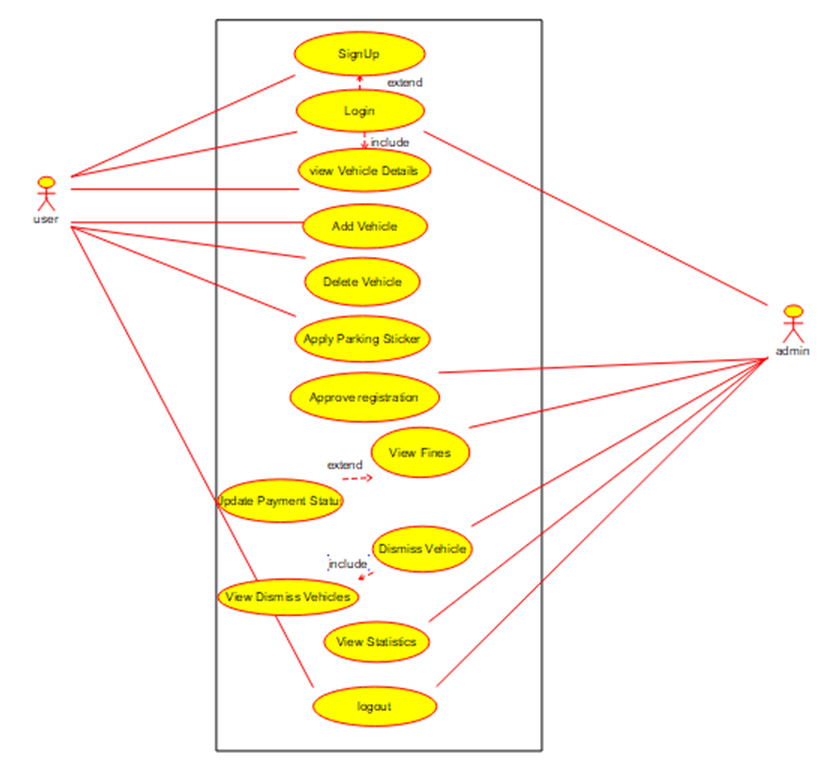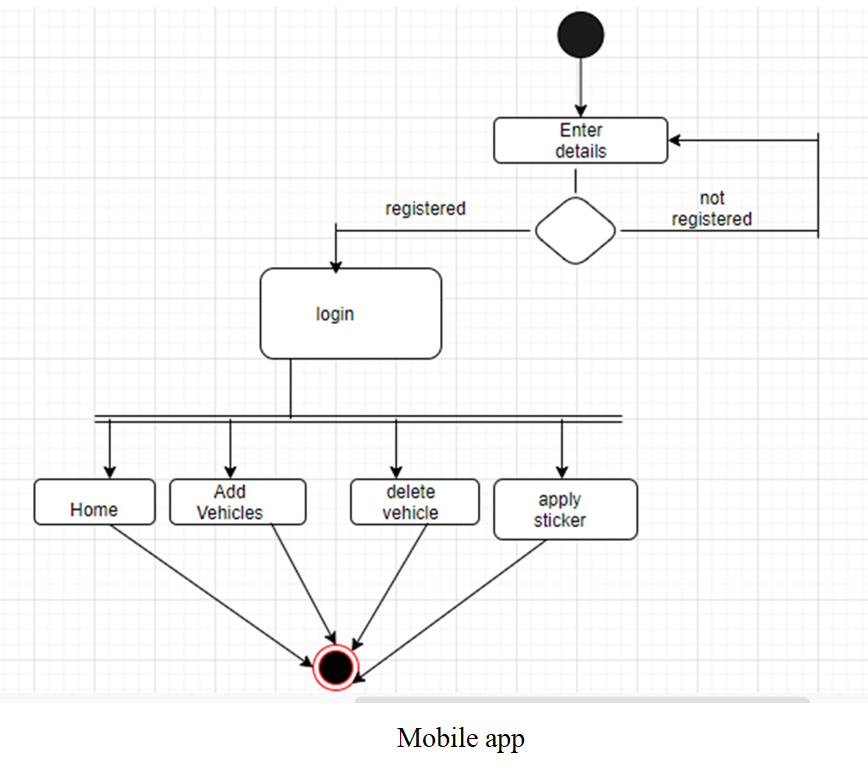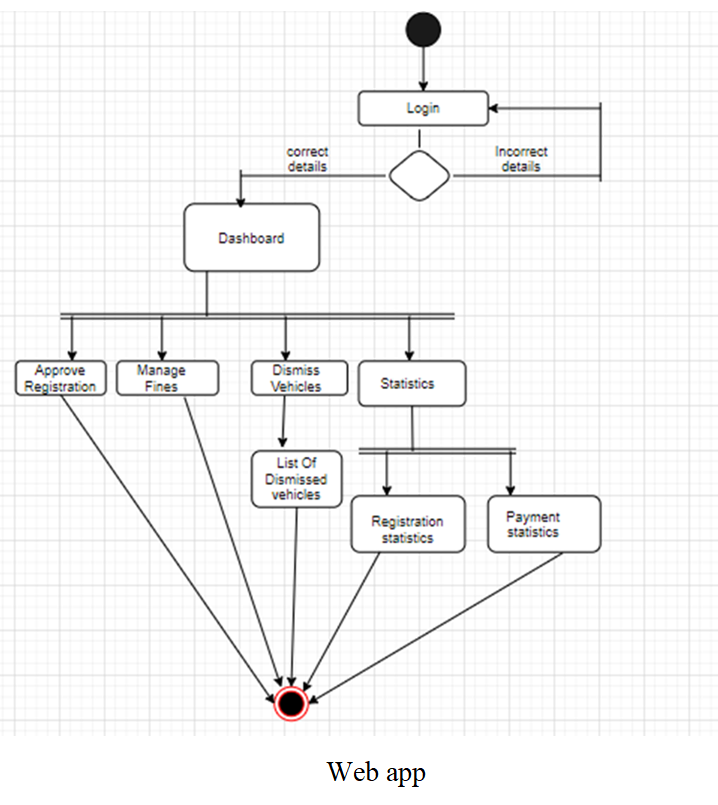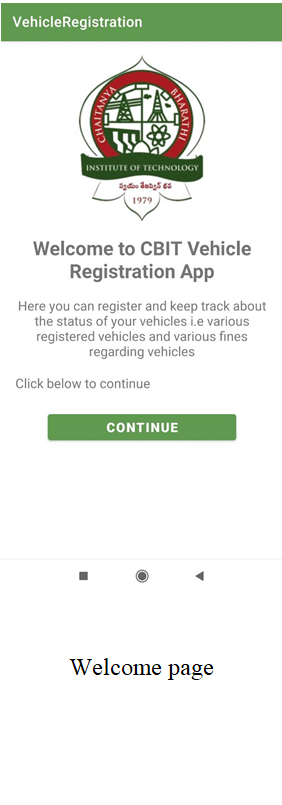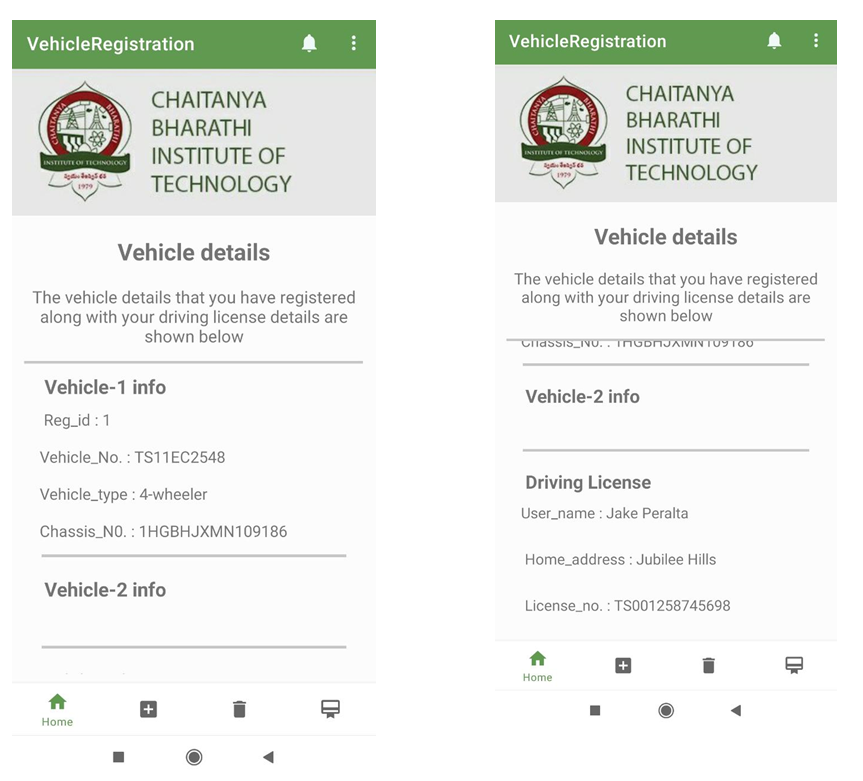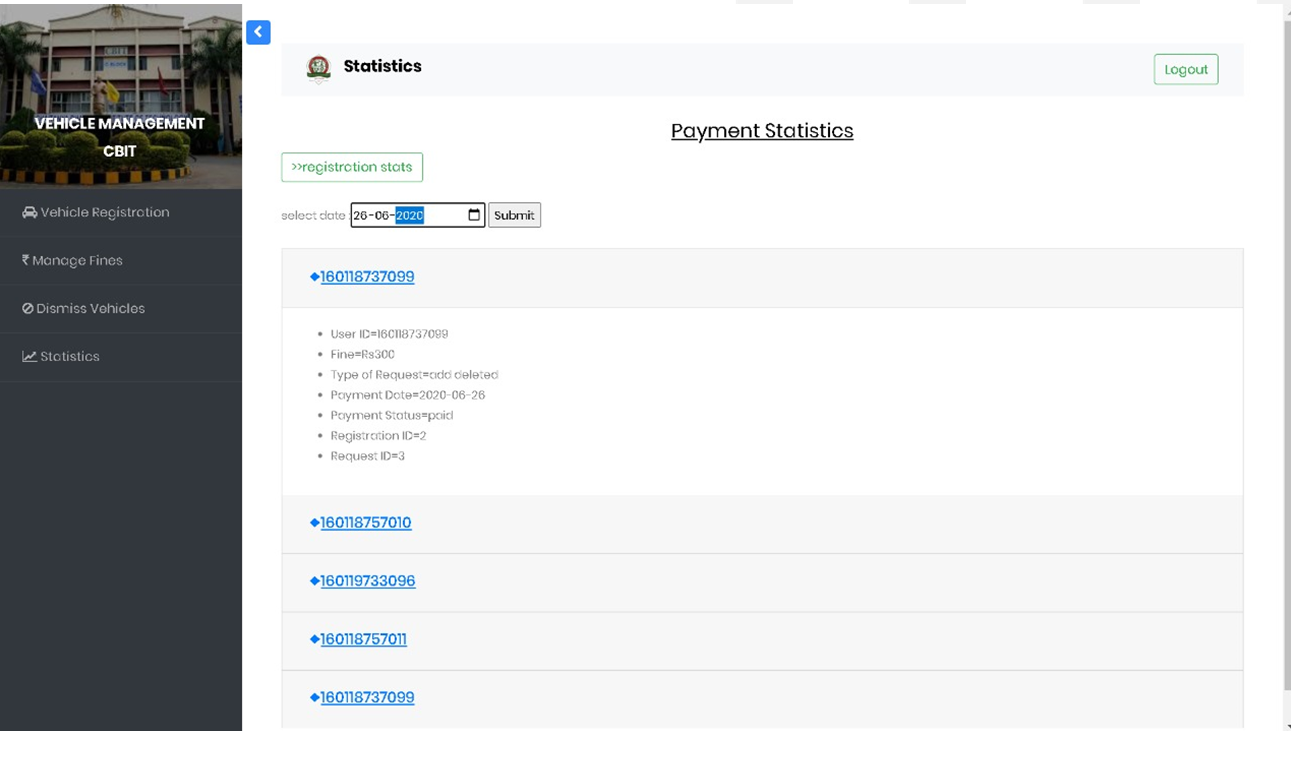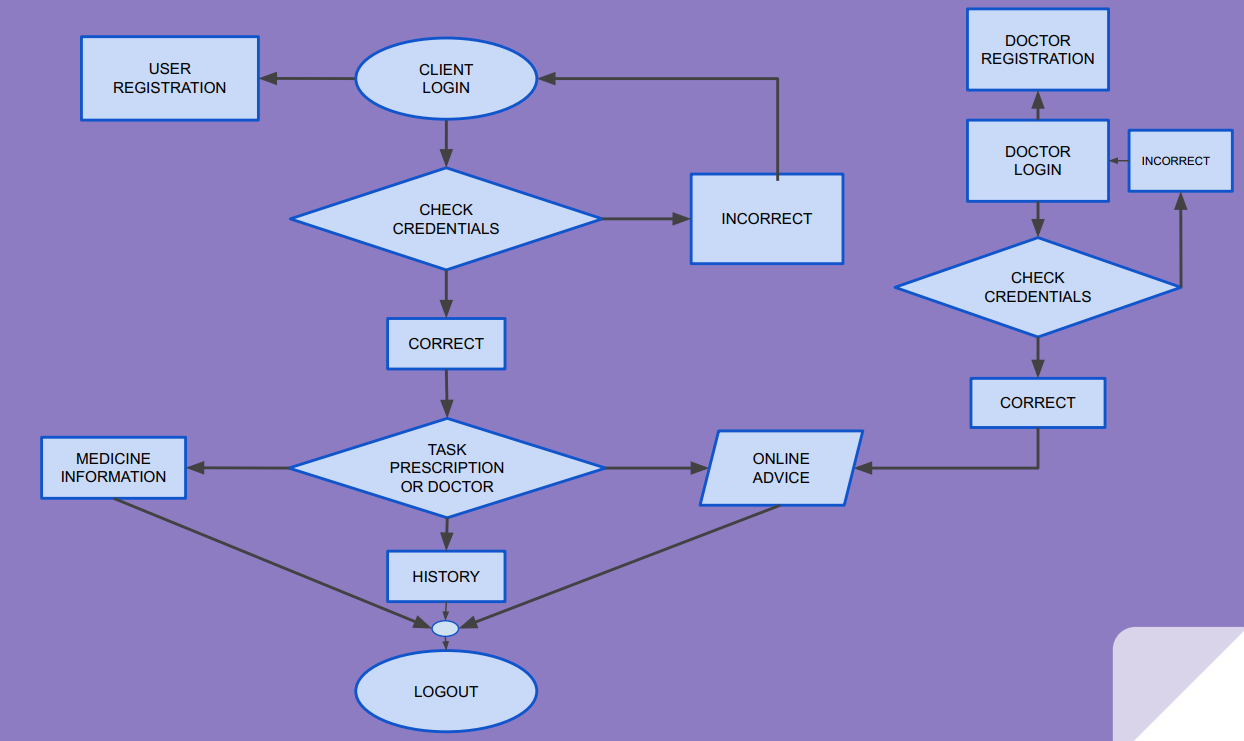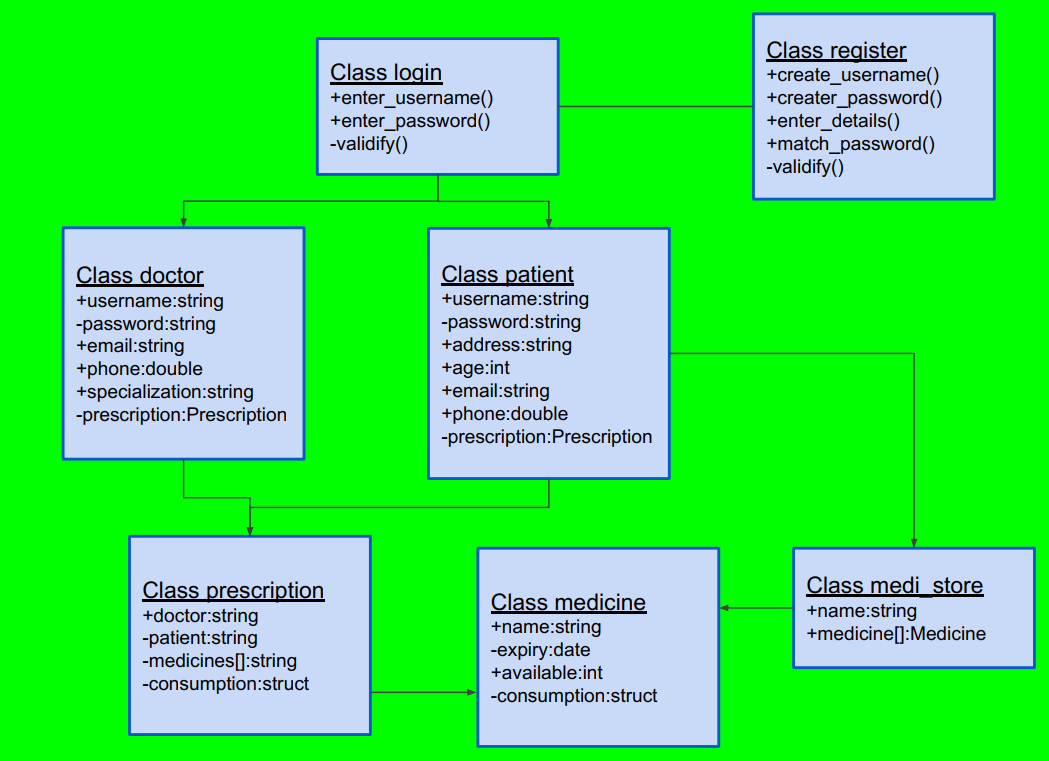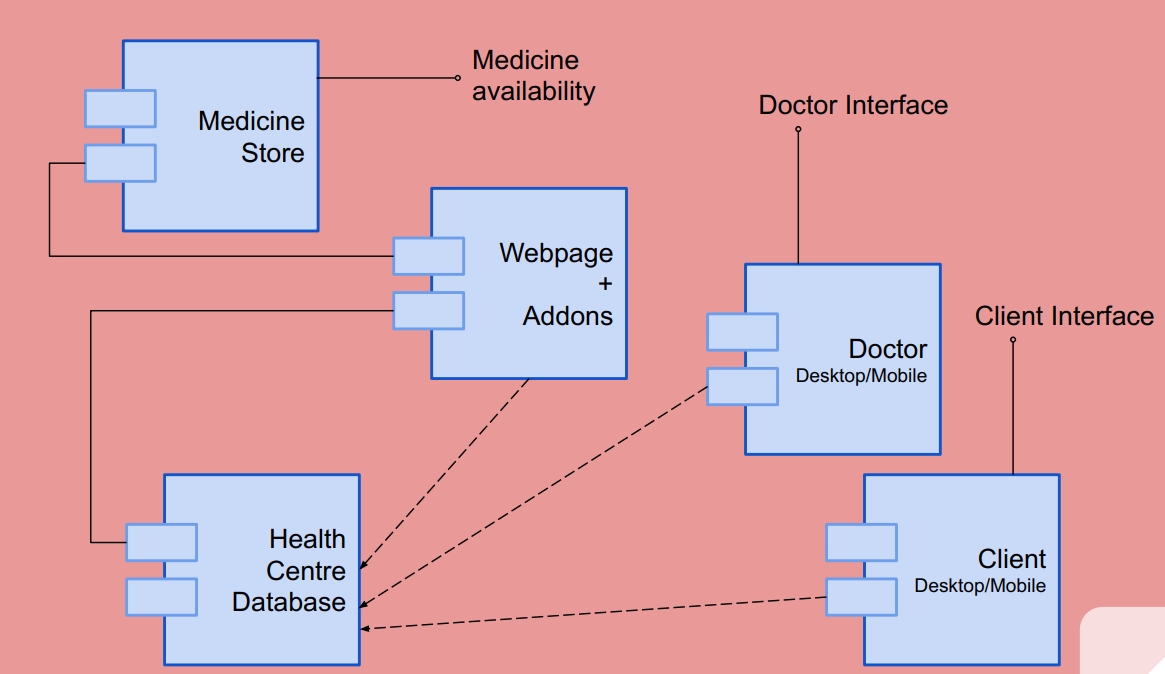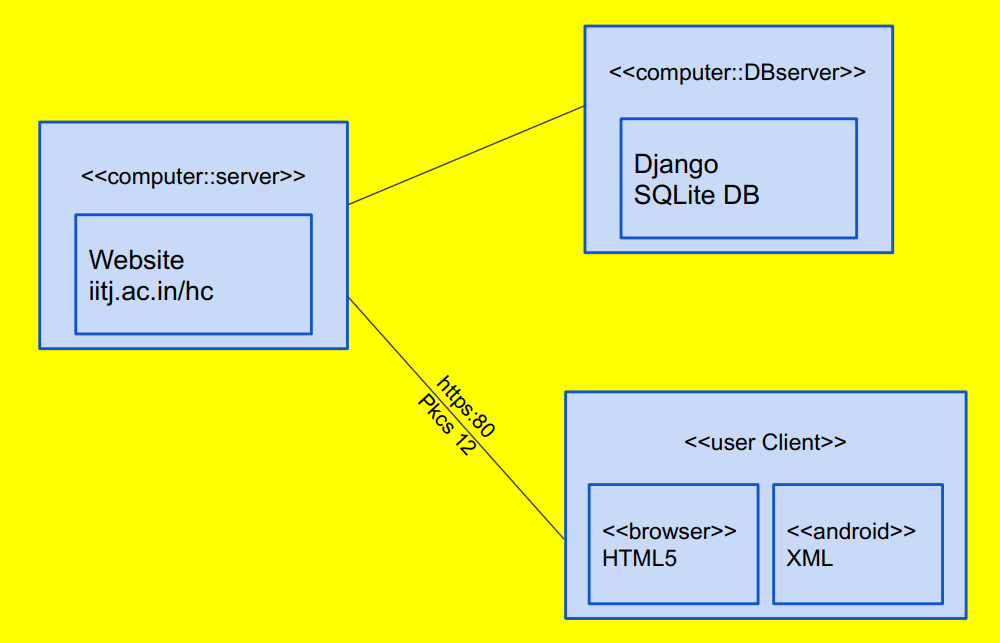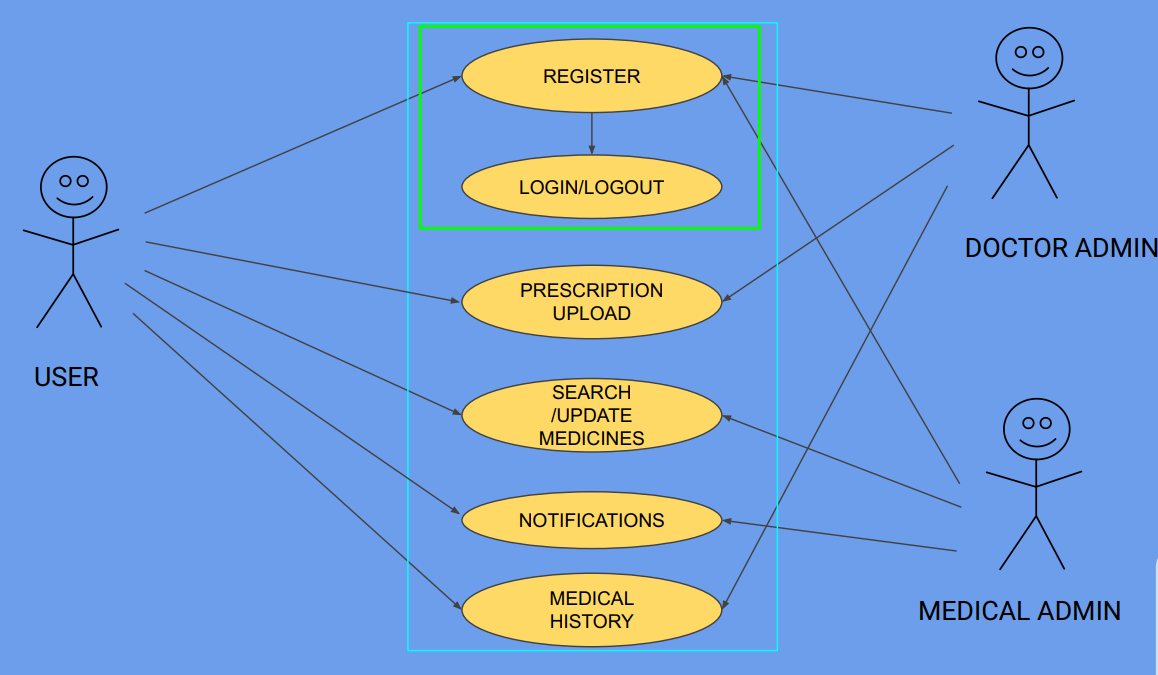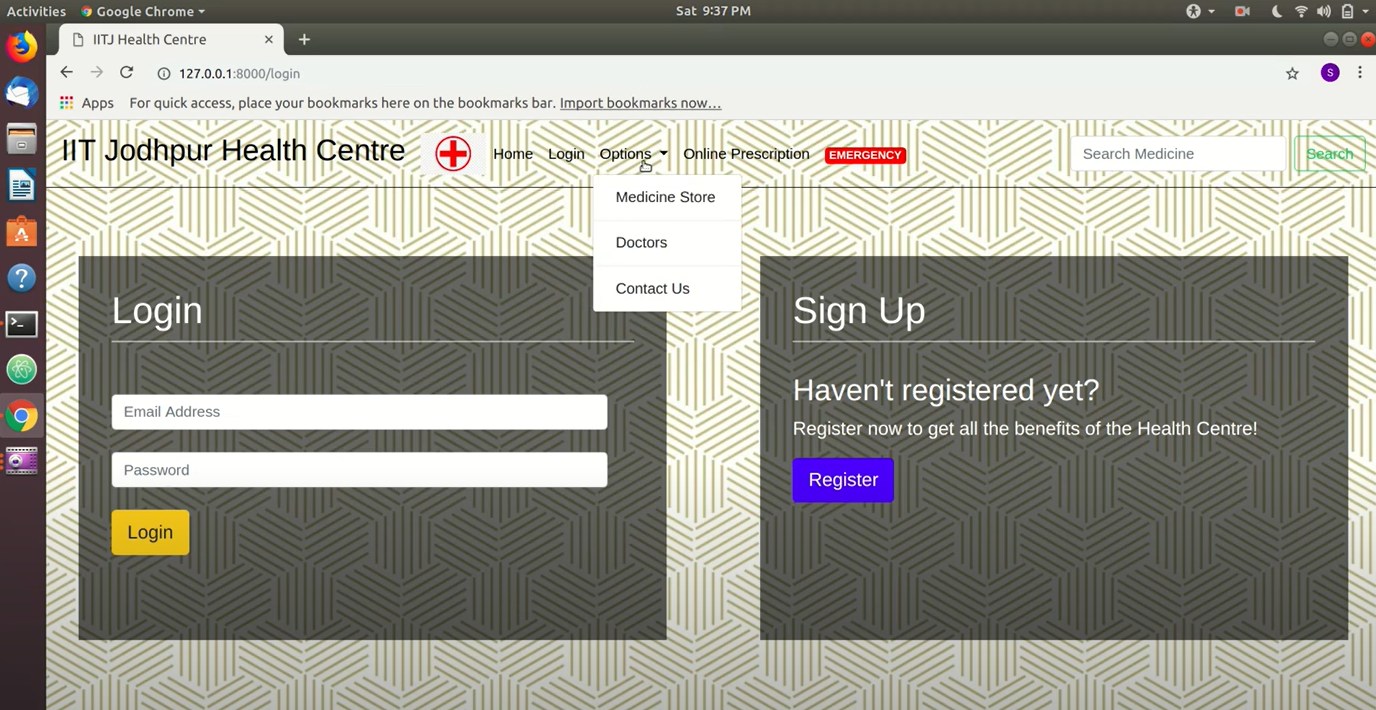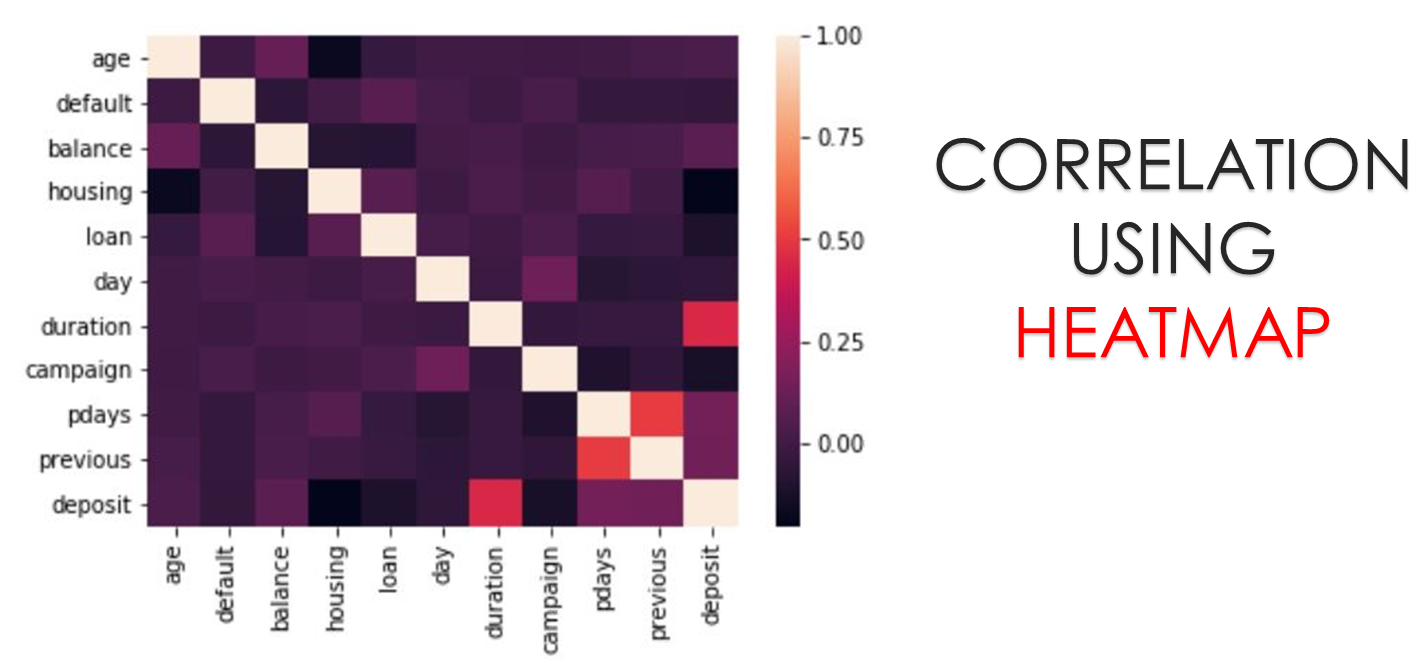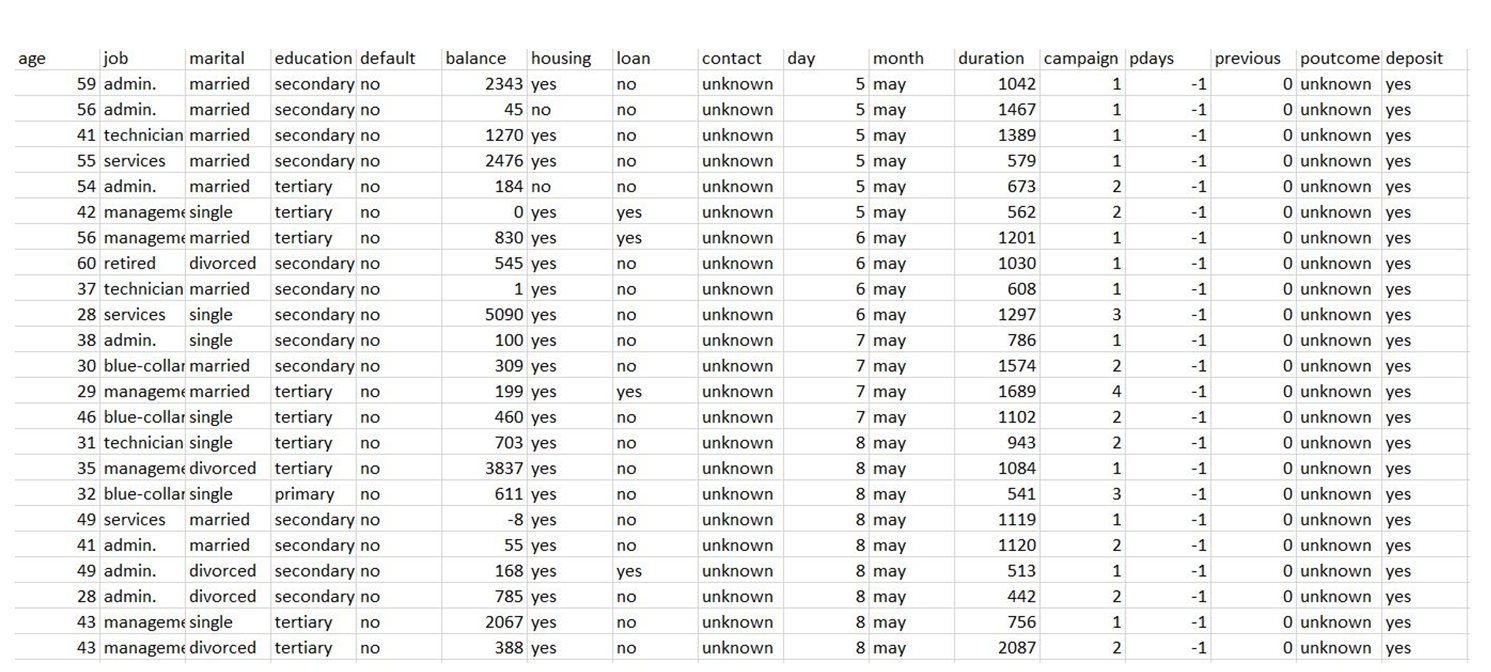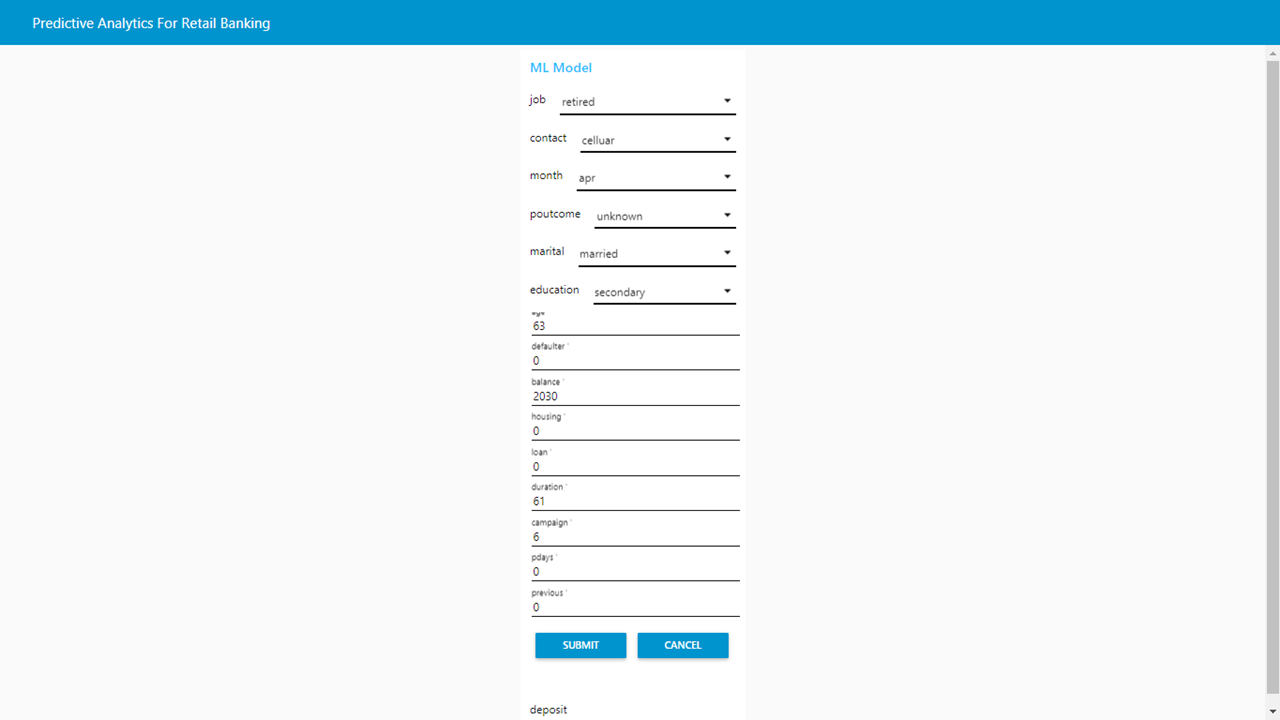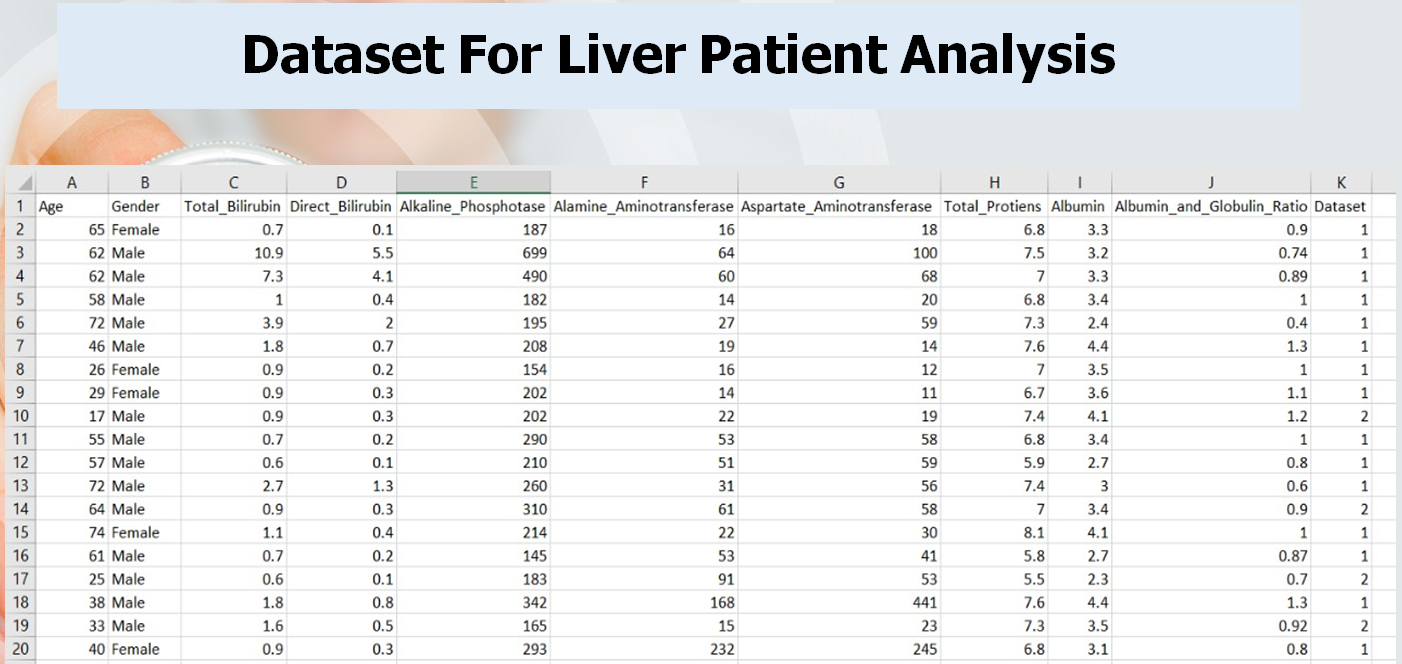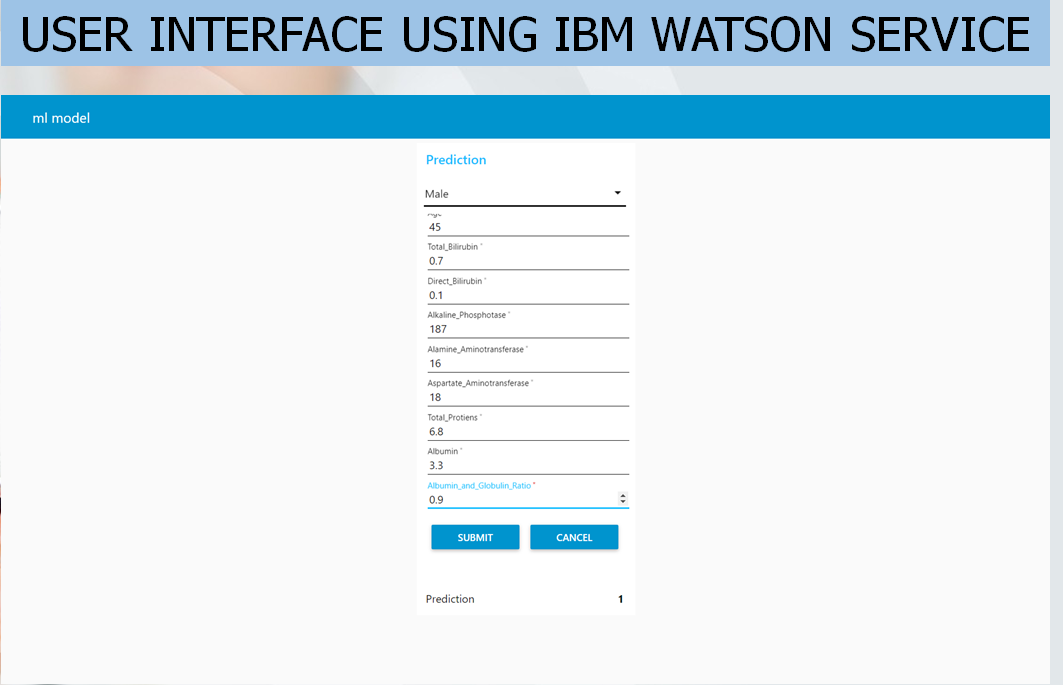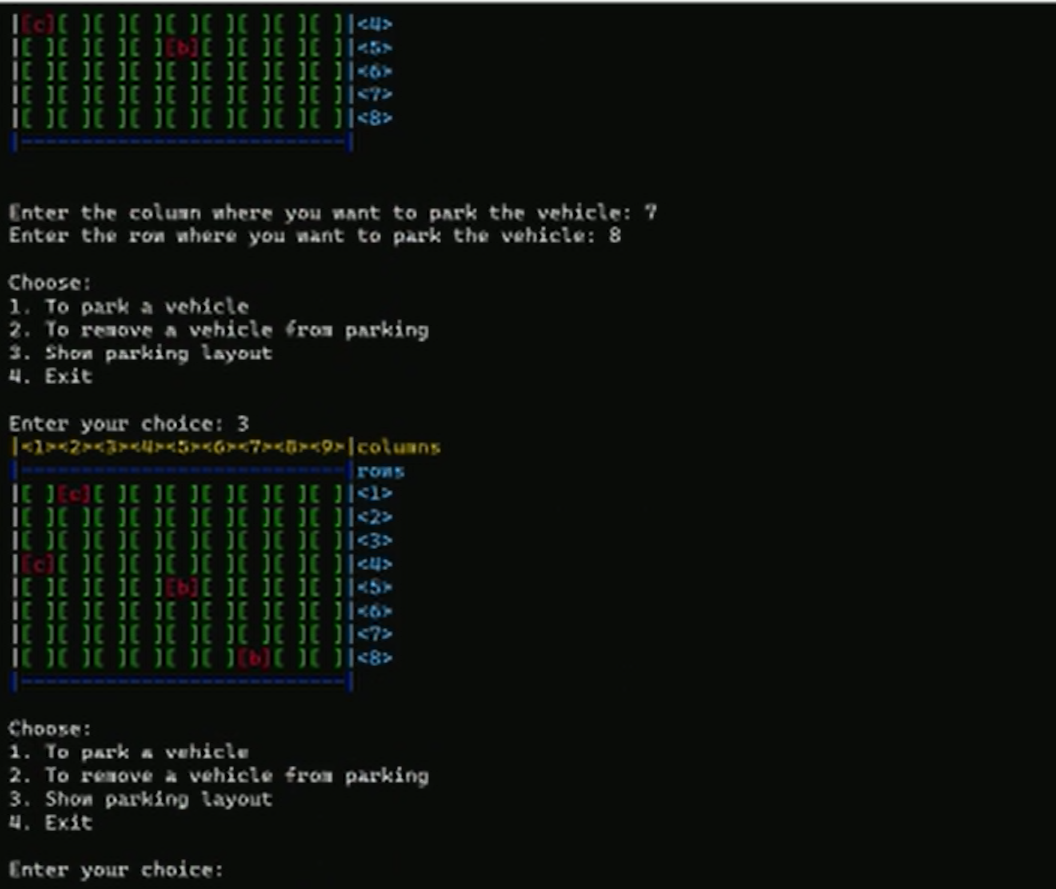Here Students can download the source code of Vehicle Registration for CBIT College Parking Android App & Web Application Python Sqlite Project. Complete Project Report, paper Presentation & output Video guide also available to download.
Problem Statement
The Vehicle Registration for College Parking project will consist of 2 main User Interfaces, the mobile application for students to sign up, log in to the app, add vehicles (up to 2 per person) and apply for a parking sticker, delete vehicles and apply for a new CBIT college parking sticker with fine.
The second User Interface is the admin functionalities which will be in a web application developed with python coding and MySQL database. The admin will be able to log in, receive all the applications for vehicle registration, verify and approve, receive fine payments physically, update payment status in the application and issue parking stickers and dismiss any vehicle registration (in case of misbehavior). It will also consist of a statistics page where registration and payment statistics will be displayed based on the date given.
Vehicle Registration for College Parking Use Case Diagram
Activity Diagram for Mobile App:
Activity Diagram for Web App:
DATABASE
The database for the Vehicle Registration for College Parking project was created in MySQL Workbench. 3 tables have been created.
User table
This table will be holding all the credentials of the users and admins. Every user id will be unique.
This data comes in handy when an admin/user tries to log in, if those credentials are authentic then they will be redirected to the dashboard.
Registration table
Holds the data of all the registered vehicles. Every registration id is unique for easy search. Necessary information about the person and vehicle is stored. Registration status can be dismissed, deleted, approved, or pending. The registration date is stored for statistics.
Payments table
Holds the data about the payments made physically. There are 3 criteria for payments – adding back deleted, dismissing vehicle, and for newsticker. Payment status gets updated to ‘paid’ once done physically. The payment date for statistics.
Implementation
Welcome page
Web Application Home Page:
Download the complete Vehicle Registration for CBIT College Parking Android App & Web Application Python Project Source Code, Project Report, PPT, and Output Video File.

